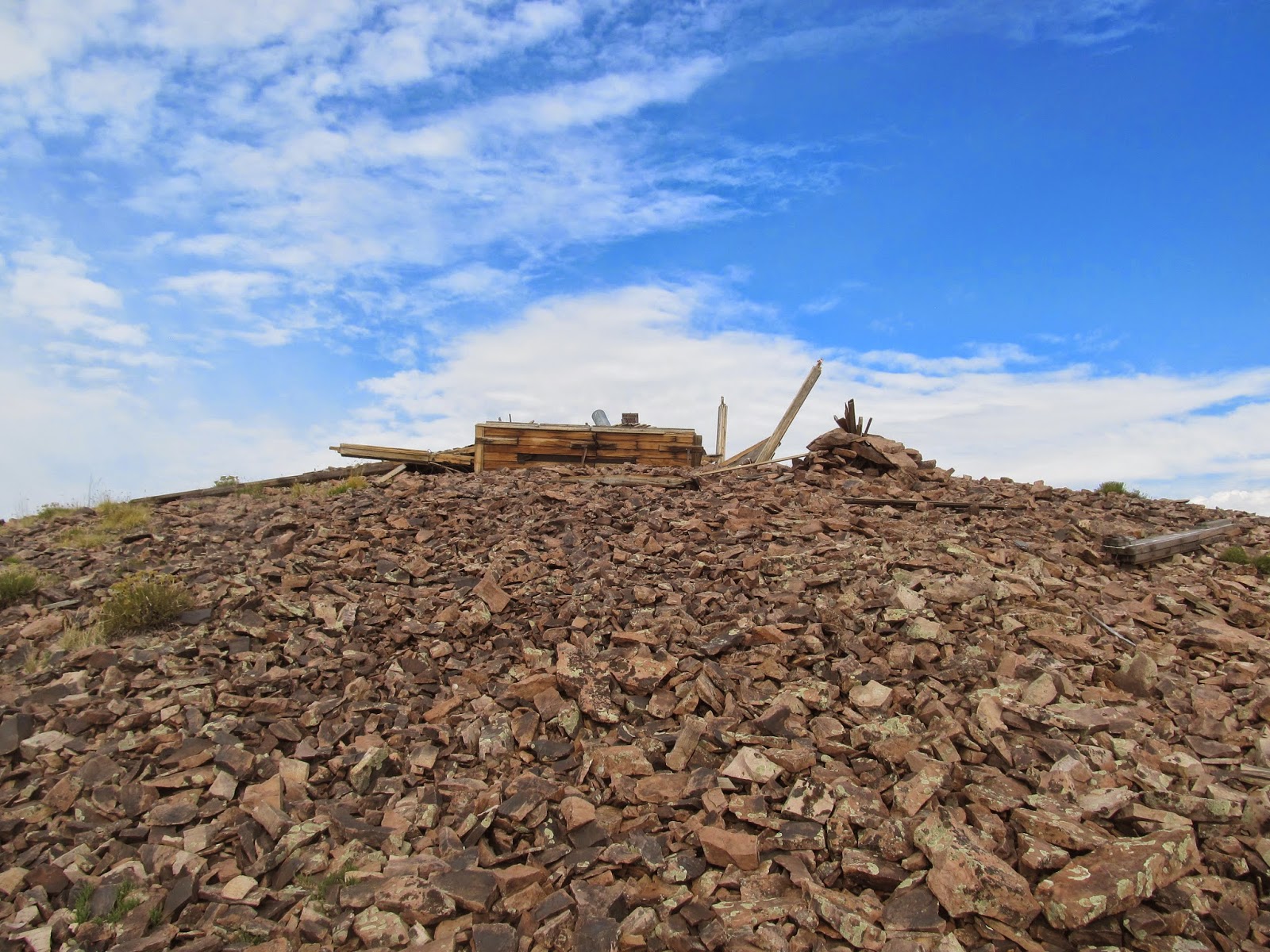Bells Canyon is the glaciated canyon immediately south of the mouth of Little Cottonwood Canyon. It runs parallel with Little Cottonwood Canyon for about two miles and then curves southward to its end behind Lone Peak. Some of the most spectacular scenery along the Wasatch Front can be found in Bells Canyon, which makes it a popular hiking destination. Lower Bells Canyon Reservoir lies at the mouth of Bells Canyon where much of the surrounding land was purchased by Sandy City to protect the watershed. The reservoir is a popular "catch and release" fishing spot for families with small children. Two waterfalls in the canyon often attract hikers, particularly during the spring runoff as huge amounts of water thunder onto the rocks below. Extreme caution must be exercised around the swift-moving water to avoid potentially deadly accidents that have happened at the waterfalls. Along the north rim of Bells Canyon are some impressive slabs of granite known as the Bell Towers, which often attract rock climbers. While most maps and guidebooks list it as "Bells Canyon;" most of the signs in the area refer to it as "Bell Canyon"
– so you are probably safe in referring to it either way.

There are actually two trailheads leading to Bells Canyon; the Boulders Trailhead along Wasatch Boulevard and the Granite Trailhead along Little Cottonwood Road. Both trailheads can be reached by taking the 6200 South exit (Exit 6) off of I-215 and then turning right (at the light) onto Wasatch Boulevard (SR 190). Continue south along Wasatch Boulevard past Fort Union Boulevard (7200 South), which turns into SR 210. At 2.2 miles past Fort Union Boulevard, fork to the right and stay on Wasatch Boulevard for another 1.2 miles to reach Little Cottonwood Road (SR 209). Turn left (southeastward) at this point for about 0.1 miles to reach the Granite Trailhead on the right (south) side of the road, or continue 0.6 miles further along Wasatch Boulevard to reach the Boulders Trailhead on the left (east) side of the road. This same area can be reached from I-15 by taking the 9000 South exit (Exit 295) and turning eastward towards Sandy along 9000 South (SR 209). Follow SR 209 to the intersection of Little Cottonwood Road and Wasatch Boulevard (approximately 6.0 miles from I-15).
 |
View looking south over Lower
Bells Canyon Reservoir |
 |
| The lower falls of Bells Canyon |
The calculations for this hike are measured from the Boulders Trailhead since it was the route I took. From the parking area this trail weaves through a neighborhood and then crosses a stream at approximately 0.25 miles. Beyond the stream is a steep section that eventually levels out before reaching the Lower Bells Canyon Reservoir at about 0.45 miles. With an elevation gain of approximately 450 feet from the trailhead, the lower reservoir provides a great short hike for fishing or to simply enjoy a picnic in the shade of the trees. To reach the Bell Canyon trail, follow the road to the left around the north end of the reservoir
– past where the Granite route joins in and look for the sign on the left (east) that indicates the trail. After following the trail for about 0.5 miles a footbridge crosses the stream, and you then take the left (east) trail to continue up the canyon. Upon entering the Lone Peak Wilderness Area, the trail begins to get much steeper and rockier as you get closer to the lower waterfall. In the vicinity of the lower falls, the trail is a little distant from the stream so you don't really hear the roar of the waterfall nearby. Look for a huge pine tree along a steep section of the trail with a well-worn trail around it leading to the left (north). The GPS coordinates I have for this point are: 40.56031
° North, 111.76964
° West (NAD-27). This lateral trail extends for 100 yards or so to reach the lower waterfall at around 6,650 feet elevation. Exercise extreme caution when hiking near the waterfall as much of the rock is wet and slippery from the water. Continuing along the main trail above the lower falls, the granite slabs of the Bell Towers come into better view along the north rim of the canyon. Approximately 0.6 miles beyond the lower waterfall is the upper waterfall of Bells Canyon, which is about 800 feet higher in elevation than the lower falls. In some ways the upper waterfall is more impressive than the lower waterfall, and there are fewer people at the upper falls. The key indicator for finding the upper falls is to take the left trail towards the stream after hiking over a huge, smooth granite rock along the main trail. Following the main trail further eventually takes you through a meadow and up to the Upper Bells Canyon Reservoir. Distance from the trailhead to the upper waterfall is approximately 2.75 miles one-way with an elevation gain of just over 2,300 feet.
 |
Looking up at the Bell Towers from
the main trail above the lower waterfall |
 |
The upper waterfall of Bells Canyon
about 0.6 miles beyond the lower falls |







































